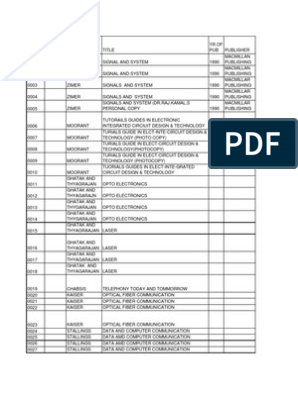0% found this document useful (0 votes)
2K views3 pagesServiceNow Cloud Architecture Guide
The document discusses ServiceNow's cloud architecture, specifically their multi-instance architecture. It provides learning objectives on the ServiceNow instance model, single-tenant, and multi-tenant architectures. It then describes ServiceNow's multi-instance architecture which deploys separate application logic and database processes for each customer on a per-customer basis, providing true data isolation. In contrast, it defines single-tenancy as serving one customer and multi-tenancy as serving multiple customers on a single instance. Finally, it lists the pros and cons of multi-instance versus multi-tenant architectures.
Uploaded by
TanCopyright
© © All Rights Reserved
We take content rights seriously. If you suspect this is your content, claim it here.
Available Formats
Download as DOCX, PDF, TXT or read online on Scribd
0% found this document useful (0 votes)
2K views3 pagesServiceNow Cloud Architecture Guide
The document discusses ServiceNow's cloud architecture, specifically their multi-instance architecture. It provides learning objectives on the ServiceNow instance model, single-tenant, and multi-tenant architectures. It then describes ServiceNow's multi-instance architecture which deploys separate application logic and database processes for each customer on a per-customer basis, providing true data isolation. In contrast, it defines single-tenancy as serving one customer and multi-tenancy as serving multiple customers on a single instance. Finally, it lists the pros and cons of multi-instance versus multi-tenant architectures.
Uploaded by
TanCopyright
© © All Rights Reserved
We take content rights seriously. If you suspect this is your content, claim it here.
Available Formats
Download as DOCX, PDF, TXT or read online on Scribd
/ 3

























































































